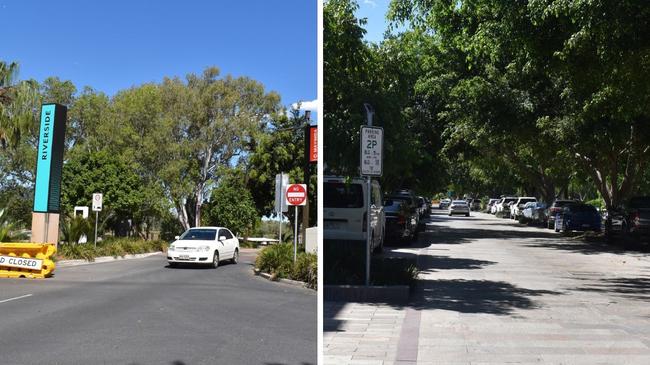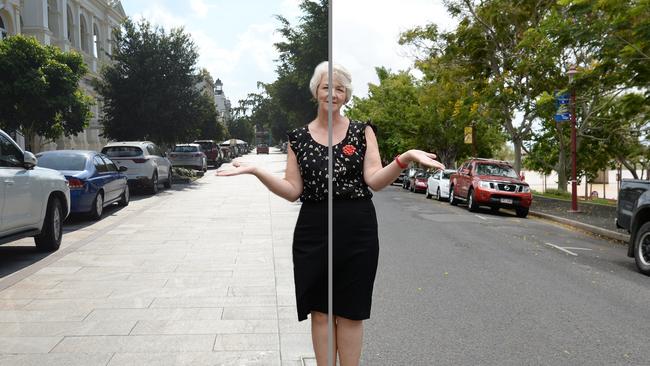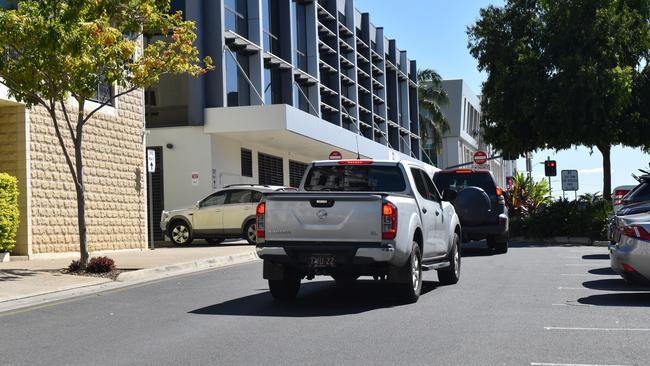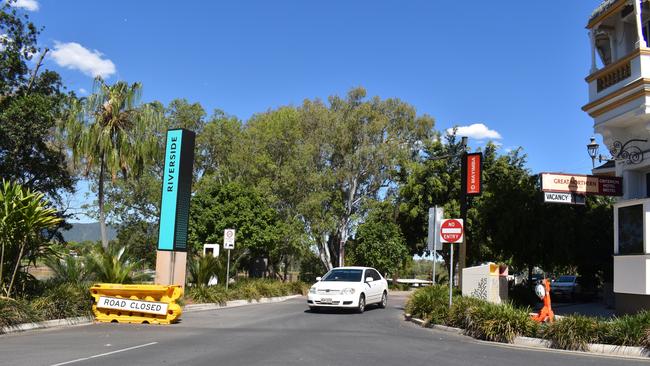Quay Street: Speed limits increased, speed bumps and traffic island
The long-debated future of Quay Street traffic in the Rockhampton CBD was back on the council table recently. Find out what the new changes will be and how they will affect you.

Rockhampton
Don't miss out on the headlines from Rockhampton. Followed categories will be added to My News.
Lengthy discussions were held around the table at the most recent Rockhampton Regional Council infrastructure committee meeting as councillors and officers debated the ongoing saga of the future of Quay Street in the city’s heart.
The riverfront thoroughfare was designed and intended to always cater to two-way traffic, but after cracking was found in the granite pavers months after its construction, it was scaled back to one-way traffic.
Quay Street was overhauled as part of a $36 million Riverside Redevelopment officially opened in March 2018, when Margaret Strelow as mayor.

Over the years, throughout changes of councillors and mayors, council has had many discussions about a permanent solution.
In 2019, a trial began to rectify 10 “expansion joints” out of the 52 cracked locations, to the tune of $120,000, and was completed in July 2020, with plans to monitor the performance for another year.
Since Quay Street became one-way it has created an influx of extra traffic on Quay Lane, as drivers search for a park along Quay Street and then turn left at the Criterion Hotel and back down to Quay Lane to do a loop.
Delivery trucks frequently use Quay Lane to deliver goods to businesses in East and Quay streets, as is intended, and there are often traffic jams in the laneway.

Council has yet to come to a permanent decision on whether Quay Street will remain one or two-way, and in the meantime is looking at interim solutions to help with traffic flow and congestion.
A meeting was held with business owners in January to discuss potential options.
Most of the concerns were around the speeding of vehicles and volume of traffic.
A council report in October 2022 noted the laneway had in excess of 400 vehicles per day travel through it and Quay Street had 2671 vehicles per day on average.
The area is also speed limited to 20km/h however is regularly not adhered to and the average speed recorded is 38km/h.
The matter of changing the speed limit was raised at the council meeting on April 9 and was met with many questions from councillors, particularly Cherie Rutherford.
“I am disappointed that we are losing the intent of what we built Quay Street for,” she said at the meeting.
Quay Street is defined as a “shared zone” however this isn’t in line with the two-way traffic and it no longer suits the one-way form.
After discussing the matter for more than 30 minutes with extensive back and forth, councillors voted to remove the shared zone.
The vote was ultimately won and it was decided the shared zone would be removed and the speed limit increased to 30km/h, to match nearby East Street.
Another proposed temporary solution is to install a formal raised island at the northern end of Quay Street, near the intersection with Bus Lane alongside the Criterion Hotel.

The pre-cast island would be bolted onto the existing pavement and allow for removal at a future date, pending council’s decision on whether traffic will remain one way or return to two way.
It is hoped this island will reduce the “ambiguity” of the one-way direction. This would cost $7,000.
The next option presented was for rubber flat top speed humps to be installed on Quay Lane, which would slow vehicle speeds but not impact heavy vehicle deliveries.
Councillor Grant Mathers noted the issue with trucks unloading in the laneway and the traffic jams inevitably caused.
“No matter what we do with this, this isn’t going to fix the congestion in Quay Lane and the trucks pulling up to do deliveries,” he said.
No locations have been specified however it is noted council will conduct traffic counts pre and post constructions to understand the impact or speed reduction, with a trial to be in place for 12 months.
The speed humps are expected to cost $6,500 each.
The interim solutions of removing the shared zone and increasing the speed to 30km/h, the speed bumps and traffic island is estimated to cost a combined $20,000.
Councillors Grant Mathers and Donna Kirkland voted against the motion which included the three solutions and further investigations.


